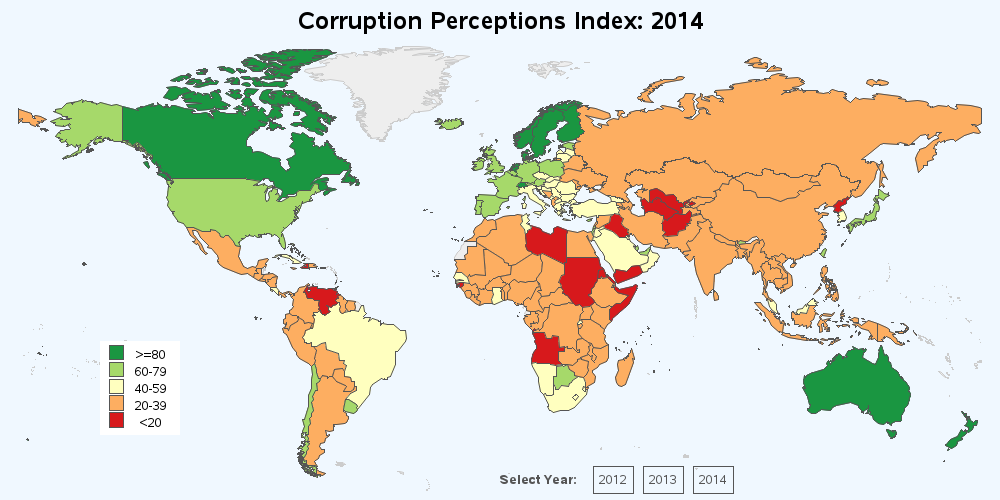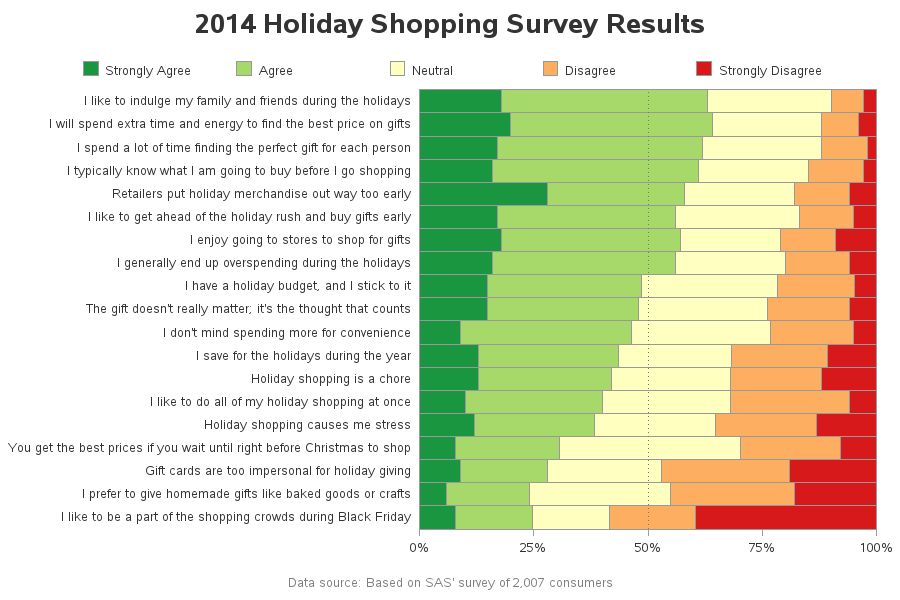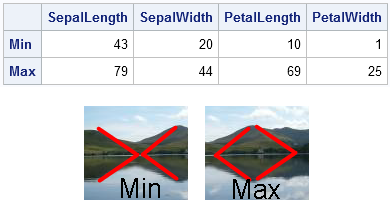December is all about traditions. Some of mine include holiday shopping, baking (I really mean eating) Christmas cookies and putting together my annual list of most read blogs on the SAS Training Post. So as traditions go… here’s my list of the top 10 most read blogs in 2014. How
Uncategorized

Last week I discussed factors that threaten access to mental health care. However, better access to care doesn’t always mean better quality of care. Overworked mental health professionals and overcrowded ERs are forced to expend efforts and limited resources where they have the most impact. This forces compromises in care.
To perform a successful data conversion, you have to know a number of things. In this series, we have uncovered the following about our conversion: Scope of the conversion Infrastructure for the conversion Source of the conversion Target for the conversion Management for the conversion Testing and Quality Assurance for

There are many ways to multiply scalars, vectors, and matrices, but the Kronecker product (also called the direct product) is multiplication on steroids. The Kronecker product looks scary, but it is actually simple. The Kronecker product is merely a way to pack multiples of a matrix B into a block

I recently found some very interesting data - a numeric Corruption Perceptions Index for each country. And of course I just had to try and create my own SAS version... First, here's the original map on the transparency.org site. They mapped all the values using a yellow-orange-red gradient, the map
We are in the age of big data. But just because modern software makes it easy to handle large data volumes, it's worth asking: do you always need all that data? In other words, if your analytics software can accommodate and even thrive in this big data environment, does that mean

A colleague asked me a question regarding my recent post about the Pascal triangle matrix. While responding to his question, I discovered a program that I had written in 1999 that computed with a Pascal triangle matrix. Wow, I've been computing with Pascal's triangle for 15 years! I don't know
Here on the Data Roundtable we've discussed many topics such as root-cause analysis, continual improvement and defect prevention. Every organization must focus on these disciplines to create long-term value from data quality improvement instead of some fleeting benefit. Nowhere is this more important than the need for an appropriate education strategy, both in
In the long run we’re unemployable. Not because we’re lazy or incompetent. It’s because we’re replaceable. I’ve spent much of the eighteen months trying to impress on people how real this is. It’s not something that’ll happen “one day”. It’s happening now, everywhere we look. Once upon a time, I

As teachers across 35+ states are evaluated, and sometimes compensated, in part by the academic growth of their students, there may be an unintended consequence. Teachers may question whether to accept student teachers, in fear of the student teacher bringing down their value-added estimate(s) and overall evaluation rating. How can

A student in a SAS class recently asked if there were a way to eliminate data error notes from the SAS log and, instead, write them to a separate file. Of course there's a way! Here's a simple datastep. Notice the missing dollar sign to indicate the variable GENDER (M,

If you have SAS Enterprise Guide and SAS for Windows installed on a machine together, they should Just Work. There is no special setup required. But...what if they don't? I've posted an article in the SAS Enterprise Guide community about this topic. Read the article to learn: How to select
So much for a single version of the truth.

Last year, my SAS Simulation Studio R&D team began a discrete-event simulation modeling project of a neonatal intensive care unit (NICU) with two doctors from Duke University’s Division of Neonatal-Perinatal Medicine. After several initial meetings discussing such things as necrotizing enterocolitis (NEC), retinopathy of prematurity (ROP), patent ductus arteriosis (PDA), and
Earlier this year, I was speaking with an insurance executive and he said something that turned out to be my favorite quote of 2014: “Premium revenue is like heroin.” While this seems like an unlikely analogy or simile?. The point this executive was trying to make an interesting argument. Insurance

SAS University Edition has been available for free download for six months – in that time we’ve seen 50,192,670 PROCs or DATA steps executed globally – that’s almost 4,000 hours duration! Now, we were founded on stats so we thought we’d bring you some of the key metrics we’ve discovered over

There’s a lot of talk about modernizing hospitality marketing – and most of it is dependent on finally cracking the nut between online and offline guest data and bringing predictive analytics to play. But there is a fundamental problem hampering our ability to do this and it starts with how hospitality

Pascal's triangle is the name given to the triangular array of binomial coefficients. The nth row is the set of coefficients in the expansion of the binomial expression (1 + x)n. Complicated stuff, right? Well, yes and no. Pascal's triangle is known to many school children who have never heard of polynomials

SAS Support Communities provide a forum in which to engage and share with your fellow SAS experts, now in over 20 topic areas including Forecasting and Econometrics. This is the go-to website for your hard core modeling questions, such as "Holdouts in PROC ARIMA," "2-stage Heckman (1979) procedure," and the

As 2014 slowly winds down it’s time to gear up for the holiday shopping rush. As in recent years the Consumer Electronics Association reports tech gifts will again be high on everyone’s list this holiday shopping season. A new addition to the list this year are numerous Internet of Things

Just a reminder that on Wednesday, December 3, 10:00am ET, Paul Goodwin will be delivering the next Foresight/SAS Webinar on "Getting Real About Uncertainty." From the description: Many forecasts only tell us about things like probable events, expected sales and prospective demand. Often they tell us nothing about the level

The bigness of your data is likely not its most important characteristic. In fact, it probably doesn’t even rank among the Top 3 most important data issues you have to deal with. Data quality, the integration of data silos, and handling and extracting value from unstructured data are still the most
I have probably touched on this topic many times before: accessing the data that has been loaded into a master data environment. In recent weeks some client experiences are really highlighting something that is increasingly apparent (and should be obvious) for master data management: the need to demonstrate that it

The holidays are sometimes chaotic, especially for those tasked with analyzing consumer shopping data! I would like to share a few tips on adding order to your chaotic data. SAS recently published an interesting article, sharing the results from a consumer survey. The infographics in the article showed high-level summary information, such as:
There are multiple types of data models, and some companies choose to NOT data model purchased software applications. I view this a bit differently. I think that any purchased application is part of our enterprise, thus it is part of our enterprise data model (or that concept is part of the
Perhaps it’s the same for you - it’s getting harder to get to all the conferences I’d like to attend. One of the benefits of getting out there is a chance to learn about different perspectives in an industry. When someone has a broad perspective, particularly if they’ve been in

A common question on SAS discussion forums is how to compute the minimum and maximum values across several variables. It is easy to compute statistics across rows by using the DATA step. This article shows how to compute the minimum and maximum values for each observation (across variables) and, for
When you examine where most data quality defects arise from, you soon realise that your source applications are a prime culprit. You can argue that the sales team always enter incomplete address details, or the surgeons can't remember the correct patient type codes but in my experience the majority of

Calling All Forecasters Have you tried Forecast Value Added analysis? What did you find out? Are you willing to share your learnings (at least those that can be revealed publicly)?Would you like to be featured in a new blog series on FVA, published by the Institute of Business Forecasting? The IBF was

‘Tis the day before T-Day and all through the mall The shoppers are waiting for prices to fall. The signs they are printed and ready to hang In hopes that “Black Thursday” will start with a bang. The family has traveled and all gathered here To spend time with grandma




















